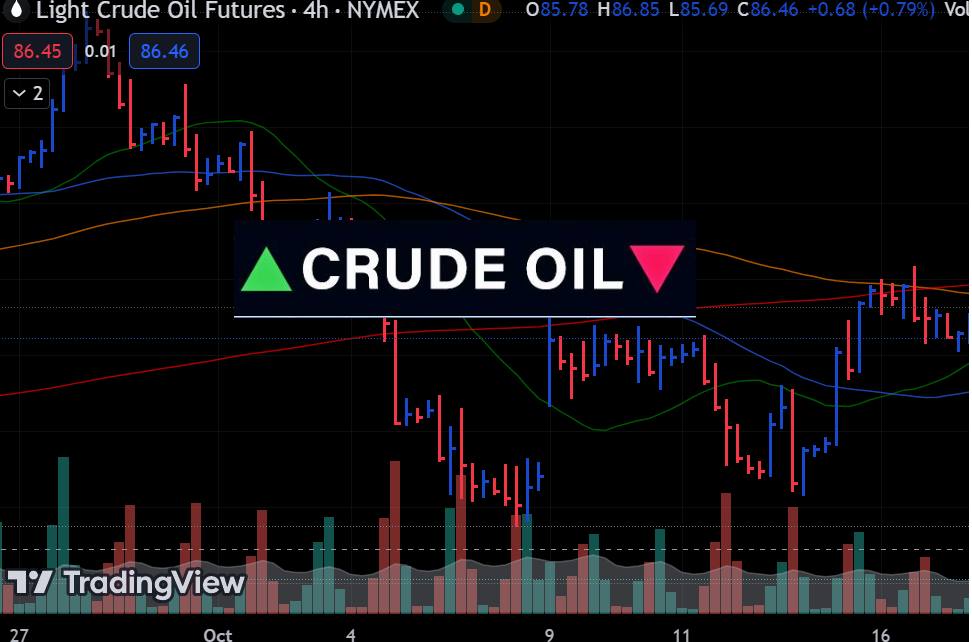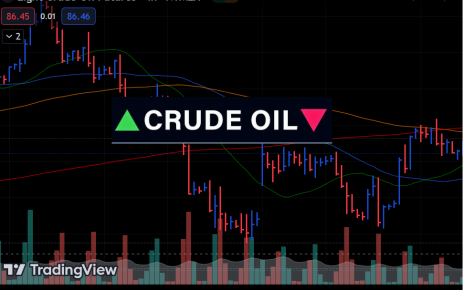- Oil has risen as supply concerns lead traders to bet on higher future prices.
- The US Producer Price Index report revealed higher-than-expected wholesale inflation, raising oil demand worries.
- The International Energy Agency reduced its outlook for oil demand growth in 2024.
Oil prices rose slightly on Monday due to supply concerns as jitters in the Middle East escalated. However, trading volume was thin as US markets were closed for the President’s Day holiday. Moreover, markets were closed earlier than usual.
WTI and Brent futures (Source: ICE, Nymex)
Oil has risen as supply concerns due to Middle East tensions and OPEC cuts led traders to bet on higher future prices. Last week, oil gained as tensions in the Red Sea disrupted the oil supply. Notably, there was an attack by Houthi fighters on an oil tanker heading to India.
Meanwhile, the Israel-Hamas war escalated with Israel raiding and halting services in Gaza’s second-largest hospital. The war might get even worse if Israel goes ahead with its plan to attack Rafah. Most Palestinians affected by the war fled for shelter in Rafah. Therefore, an attack on the region could lead to death and destruction. As the war escalates, the outlook for oil supply is worsening. Moreover, there is no indication that all this might end soon.
These tensions would have led to a much more significant rise in oil prices. When the oil supply is small and demand is high, prices increase. However, traders are also concerned about demand, which puts a lid on price increases. Notably, the International Energy Agency cut its outlook for oil demand growth in 2024. According to the IEA, demand will be lower than expected in 2024 due to weaker oil consumption in China. Moreover, according to the agency, global demand will rise until 2030 before dropping as countries turn to cleaner energy sources.
Meanwhile, the US Producer Price Index report revealed higher-than-expected wholesale inflation. This came after the consumer inflation report that also beat forecasts. As a result, markets pushed back expectations for the timing of the first rate cut to June. This means a prolonged period of high interest rates in the US. Notably, high borrowing costs hurt businesses and reduce demand for fuel.
The surprise US inflation figures have also led to a stronger dollar in the past five weeks. As a result, the fuel cost has increased for traders with foreign currency, hurting demand.





